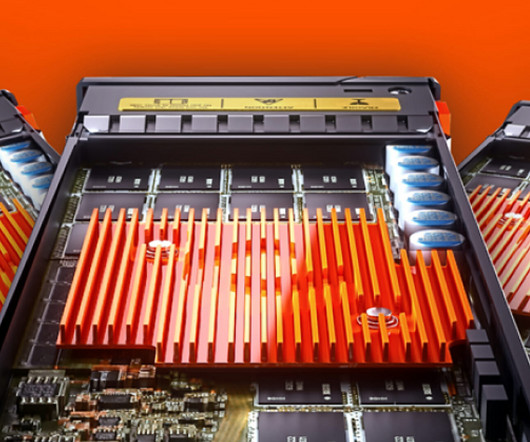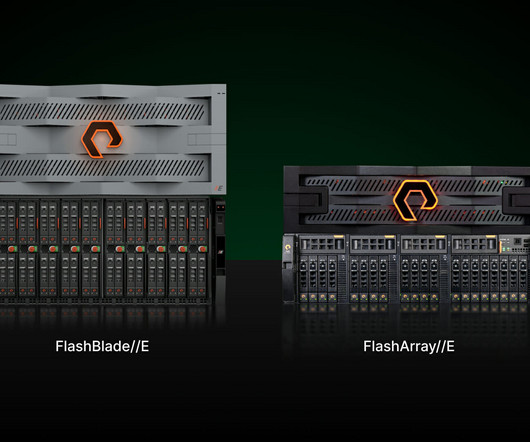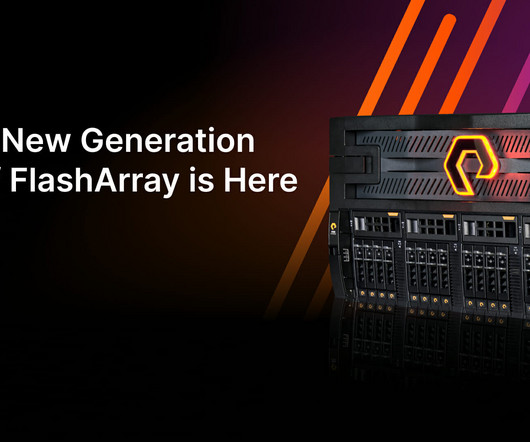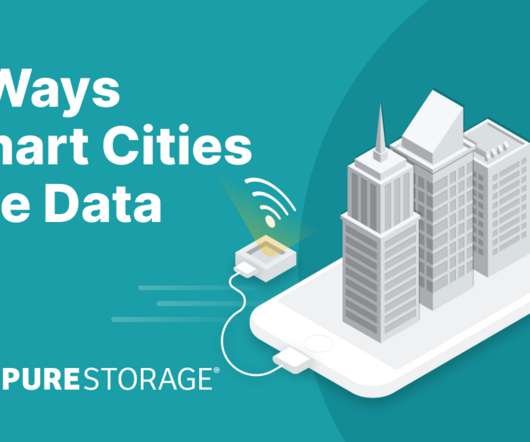The Lack of Value in Hard Disk Drives Could Cost You More than You Know
Pure Storage
OCTOBER 23, 2023
It’s assumed HDD capacity will scale at the same rate as data growth. Conventional disk drive capacity is growing at a snail’s pace compared to Pure Storage DirectFlash. Tap into the industry’s largest drives now at 75TB, with plans for 300TB by 2026! This is not the case. With a cost under $0.20/GB











Let's personalize your content